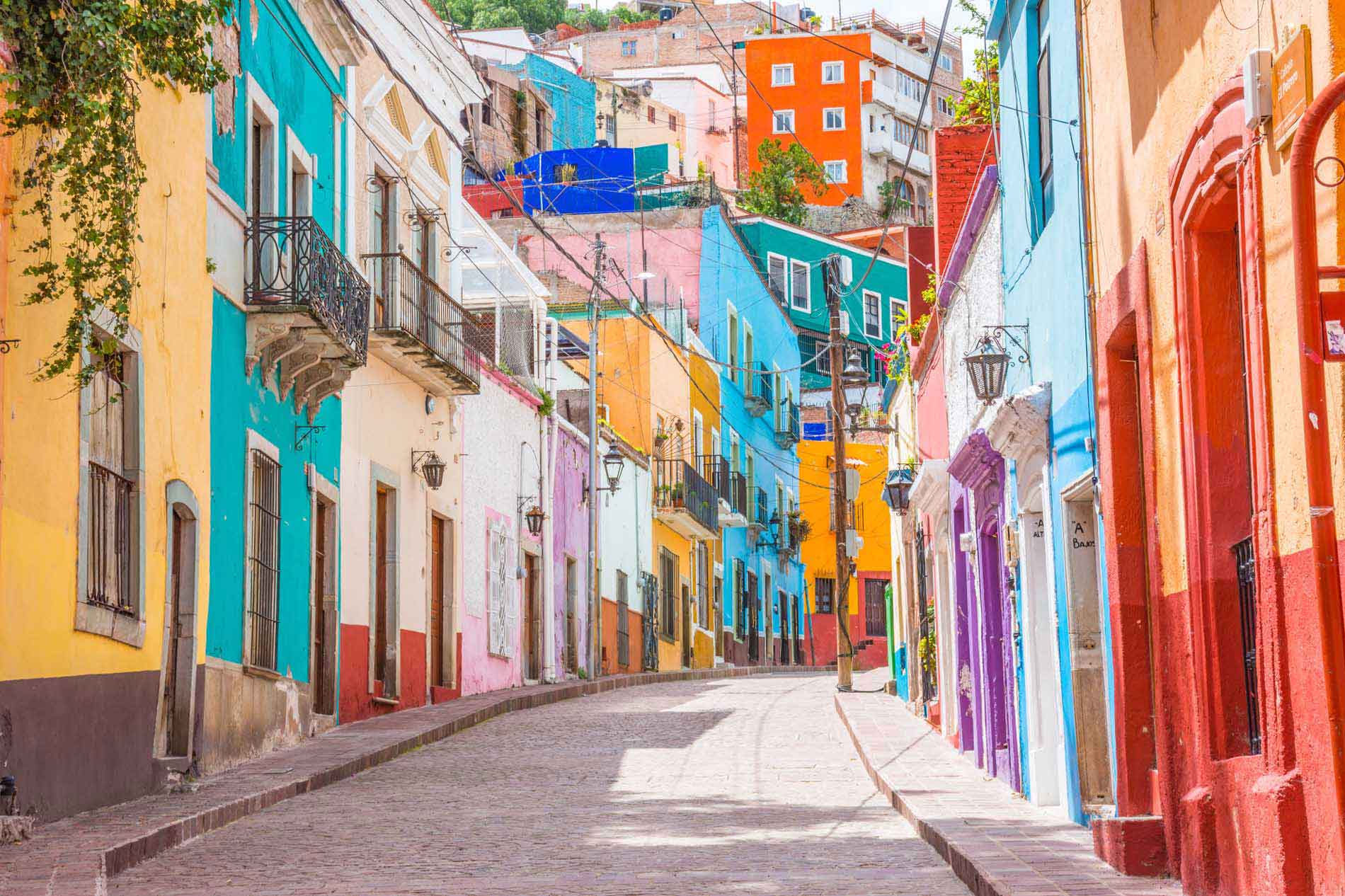Mexico is one of the top places to visit because of its culture, food, and history. Most people go to Mexico to lay on an all-inclusive resort, but it’s a country full of history and culture, beautiful landscapes, and endless beaches. There is a reason we have visited so many times! So, let’s learn some fun facts about Mexico to understand the country better. Read on to learn Mexican facts you never knew!
Interesting Mexico Facts
Mexico is located in the southern part of North America; it shares its border with the US to the north and Guatemala and Belize to the south. To the west, Mexico is bordered by the Pacific Ocean, which has a beautiful coastline along the western edge of the country.
To the east, the Gulf of Mexico and the Caribbean Sea give Mexico a long coastline along the eastern side. With its varied geography, Mexico is a bridge between North America and Central America and has a mix of cultures and landscapes.
1. Its Name Is Not What You Think
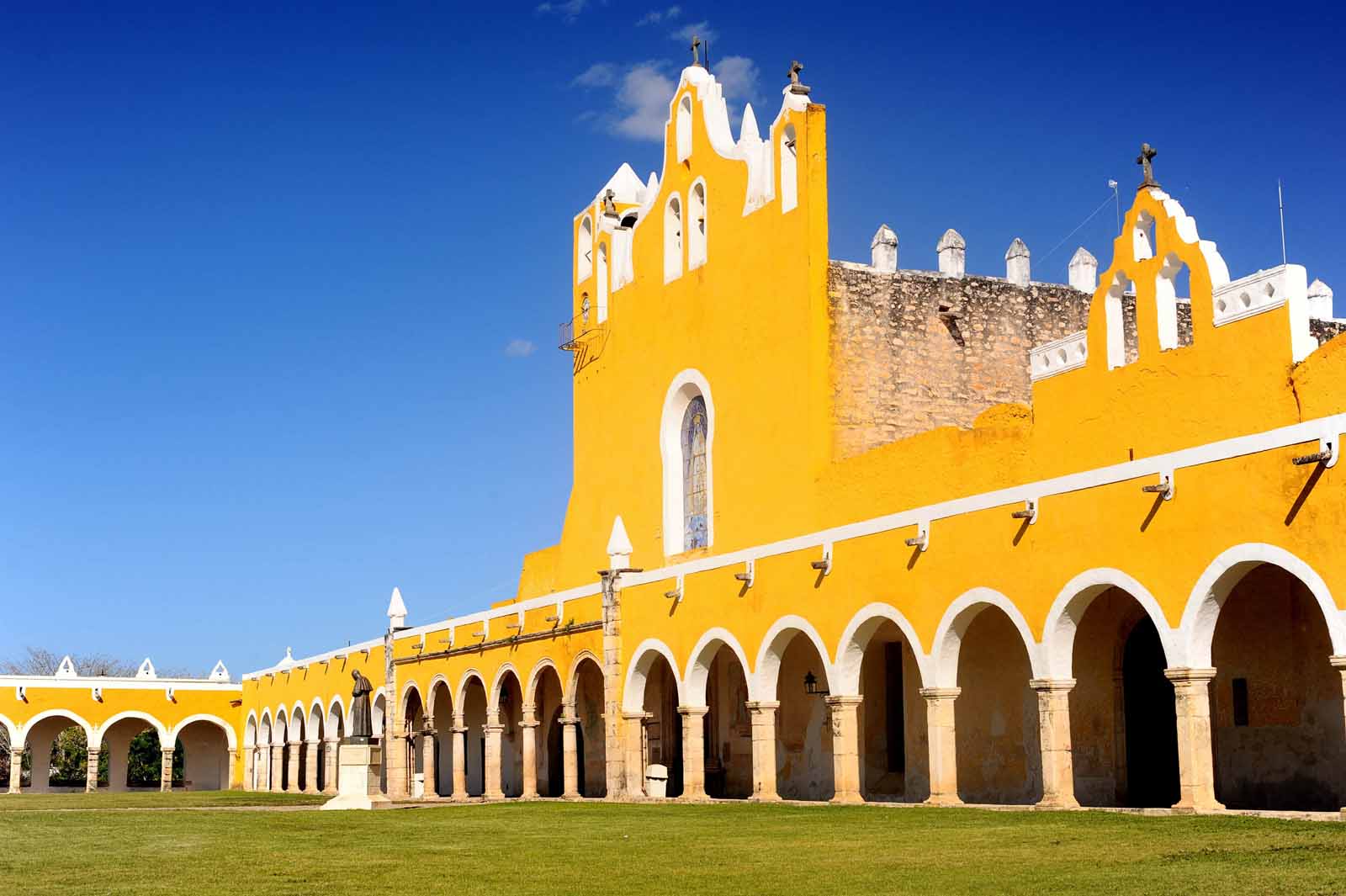

One of the first fun facts about Mexico is that its name is not really Mexico. Mexico’s official name is the United Mexican States aka Estados Unidos Mexicanos. This country is divided into states, just like the U.S.
Mexico has 31 states and a Federal District. Every Mexican state has its own police, regulations, and laws.
The Federal District, Distrito Federal, was once the capital of Mexico. Most people believe that the capital was always Mexico City, but this wasn’t until 2016.
It gets tricky to remember because Mexico City’s metropolitan area is within the Federal District. Only those living in the Federal District are considered capital dwellers.
2. Mexico Is More Than a Beach Destination
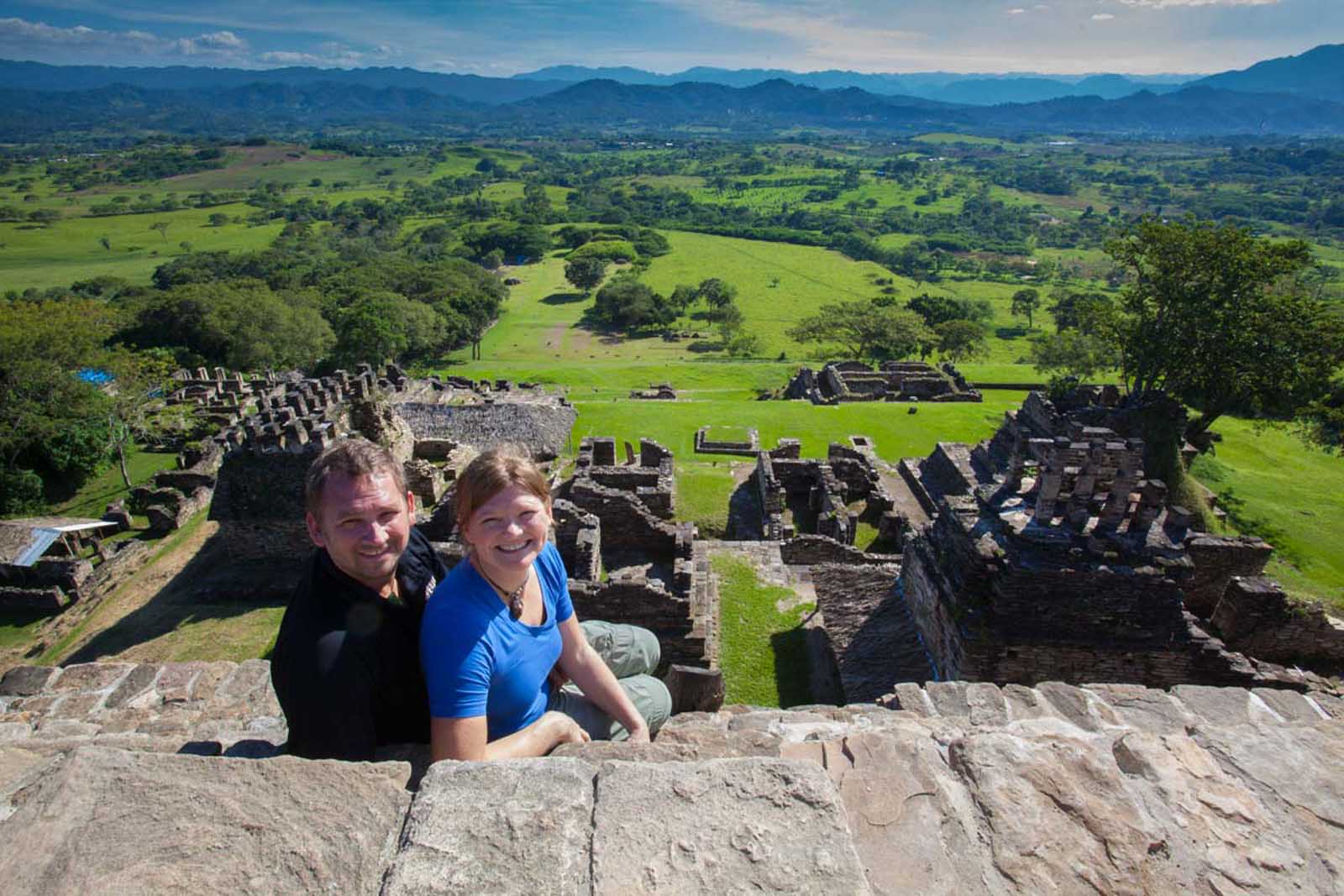

Travelers tend to make their way out to Mexico for a vacation on the beach. Yet, the country is much more than a beach destination.
Mexico has a rich history as they have 34 UNESCO world heritage sites within their borders. Some of the most popular historic centers include Mexico City, Puebla, and Guanajuato. Additionally, Mexican cuisine is recognized as an ‘Immaterial World Cultural Heritage’ by UNESCO, emphasizing its cultural significance.
It is also home to more than a handful of ancient ruins, the most famous being Chichen Itza and the agave fields of Tequila.
The country is in the middle of the circum-Pacific Belt, more commonly known as the “Ring of Fire,” a place known for its earthquakes and volcanic eruptions.
3. Home to the World’s Smallest Volcano
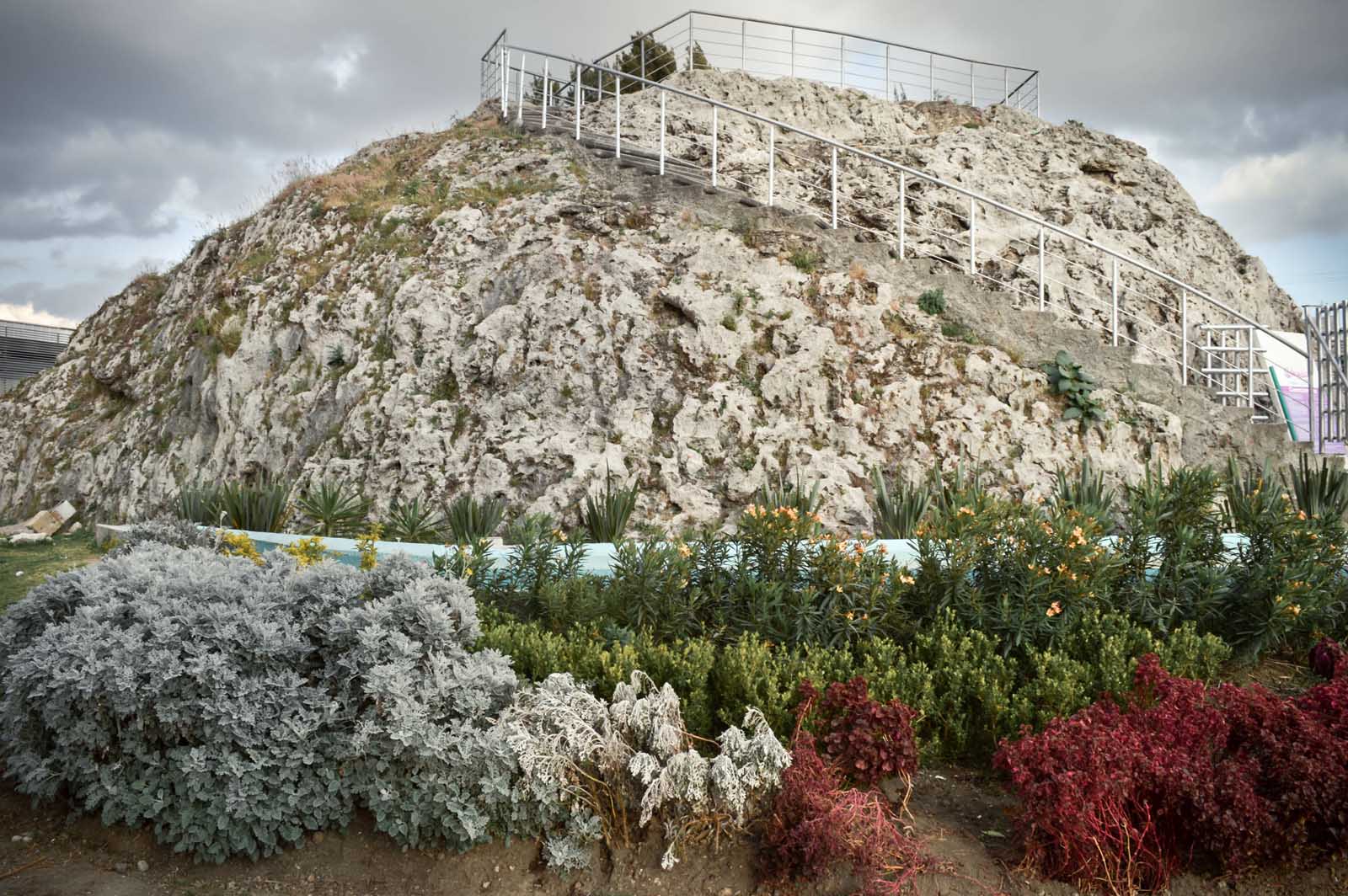

Outside of Puebla, you’ll find the smallest volcano in the world, Cuexcomate Volcano. The volcano is only 13 meters 43 feet tall, and its diameter at the base is about 23 meters (75 feet). It looks like a tiny hill. Cuexcomate is often referred to as a “volcano” due to its distinctive appearance, but it is actually a dormant geyser or a volcanic vent.
Cuexcomate is part of local folklore and legends in Puebla. According to one legend, it was formed when the devil himself tried to destroy the city with a large stone but was thwarted by the intervention of the Virgin Mary, who turned the stone into a tiny volcano.
Cuexcomate has a conical shape that resembles a miniature volcano, complete with a crater at the top. It is covered in grass and vegetation, giving it a very picturesque appearance.
4. World’s Largest Pyramid is in Mexico
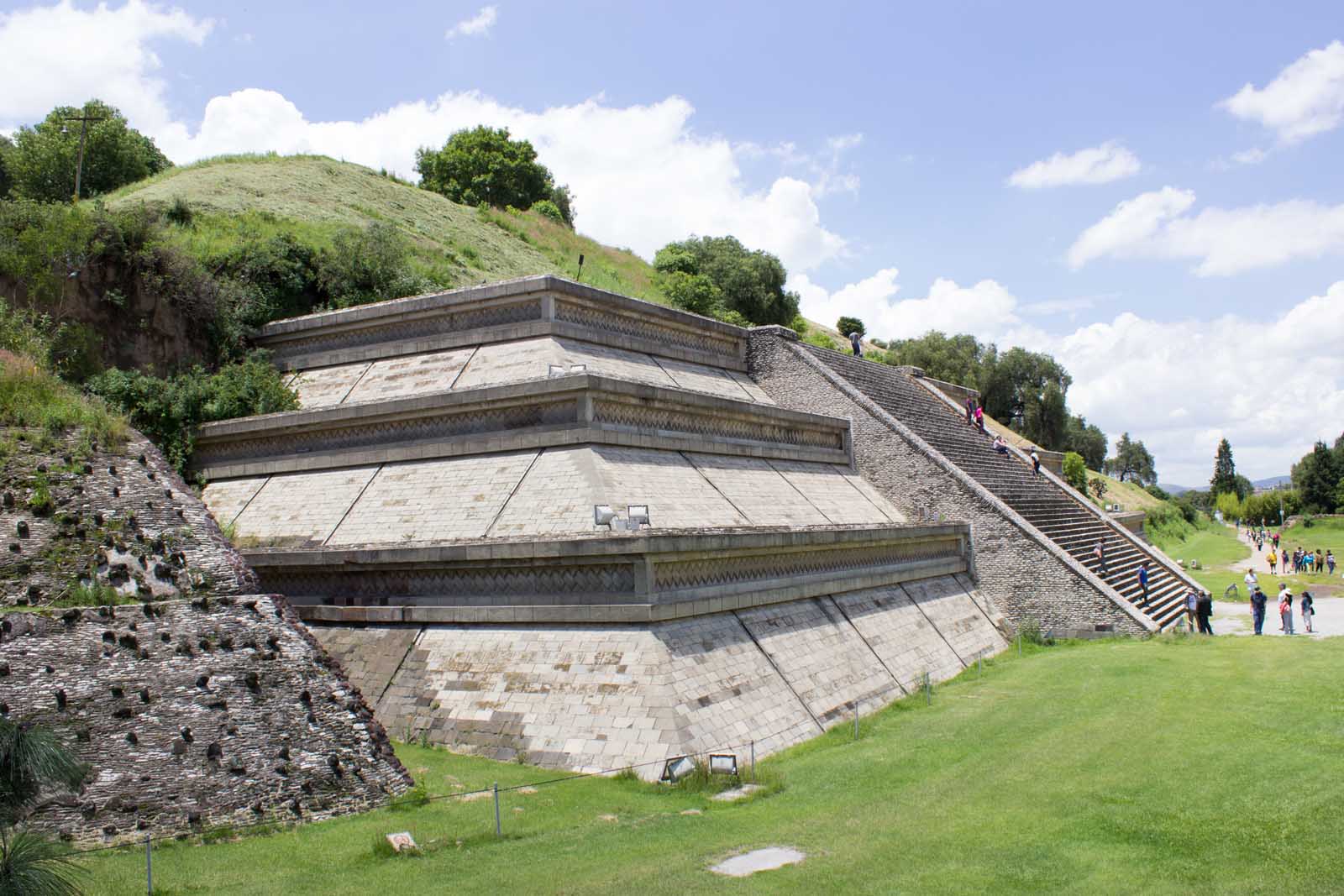

Mexico has the smallest volcano and the biggest pyramids. The biggest monument in the world was built in Mexico. The world’s biggest pyramid is the Great Pyramid of Cholula (Pirámide Tepanapa) in Cholula, Puebla. It’s often mistaken for a hill because of the vegetation and is sometimes called the “Great Pyramid of Cholula” or “Tlachihualtepetl,” which means “artificial mountain” in Nahuatl.
The Great Pyramid of Cholula is the biggest pyramid in volume in the world, even bigger than the Great Pyramid of Giza in Egypt. It covers 45 acres and is 55 meters (180 feet) high. The pyramid was built in the 3rd century BCE by the Olmec-Xicalanca civilization and was expanded and modified by the Maya and Aztecs. It took centuries to finish the pyramid.
5. It Has Animals Big and Small


The jaguar is the largest wildcat in North America and can be found near the Mayan ruins or roaming the Mexican jungles.
Mexico is also home to the smallest dog breed known to man, the Chihuahua. This dog breed originated in the state of Chihuahua, located in northern Mexico, hence the name of the breed.
6. U.S. Citizens Make Up the Largest Immigration Group in Mexico
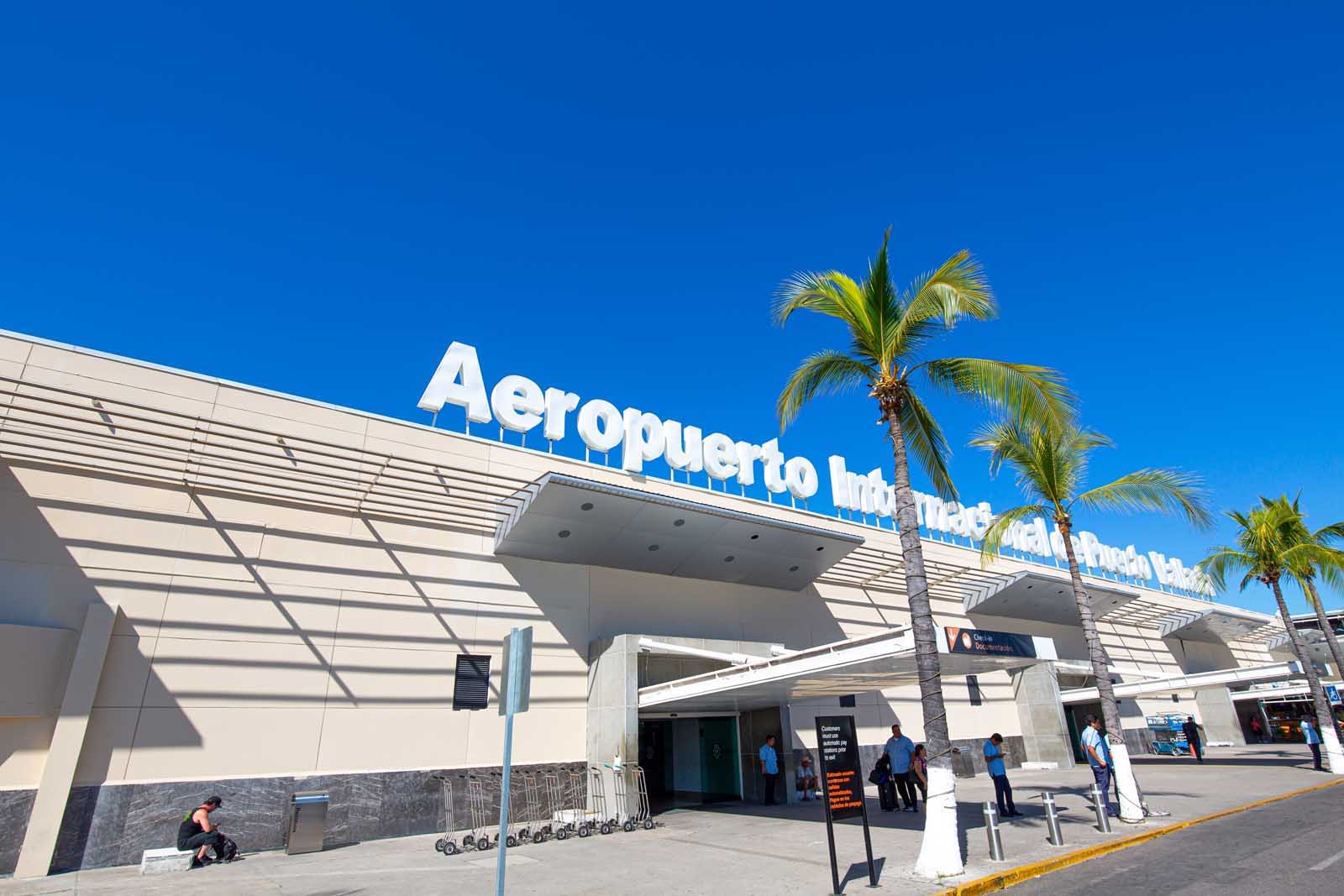

In Mexico, the largest foreign-born population is actually United States citizens. In fact, more Americans are immigrating to Mexico than vice versa.
A lot of Americans find the food surprising when they move or visit Mexico. Mexican food in the United States is considered Tex-Mex, while authentic Mexican food is different.
In Mexico, people don’t eat Chipotle-style burritos or burritos filled with rice. Burritos aren’t that popular in Mexico unless you are in the northern region.
Another difference between Mexican food found in the United States and food found in Mexico is that the authentic version isn’t very spicy. Instead, it tastes sour because of the use of limes.
7. We Can Thank Mexico For Chocolate
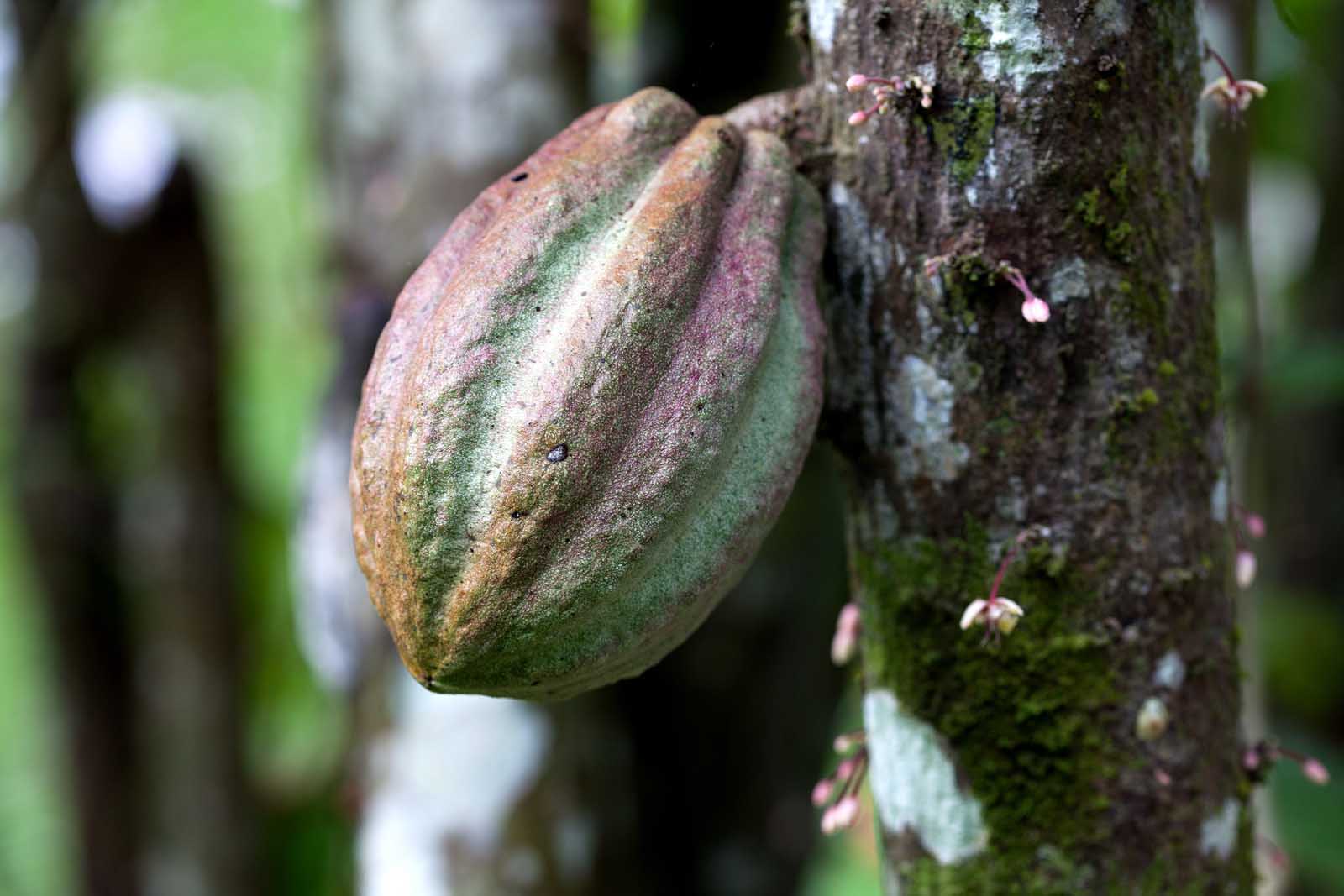

Chocolate came from Mexico and Mesoamerica. The ancient Mesoamericans, the Aztecs, and Mayans were the first to cultivate and use cacao (the source of chocolate) for food and ceremonial purposes. Mexico brought chocolate to the Western world and Europe and made it a big cultural and culinary deal.
Cacao beans were highly valued by these cultures and were used as currency and trade. They were also used to make a bitter, foamy drink that was often flavored with spices and chili peppers.
So, while chocolate as a cacao drink was developed in Mesoamerica, it was the Europeans who sweetened it and created the bars, truffles, and all the treats we have today.
8. We Can also Thank them for Avocados and the tasty Tomato
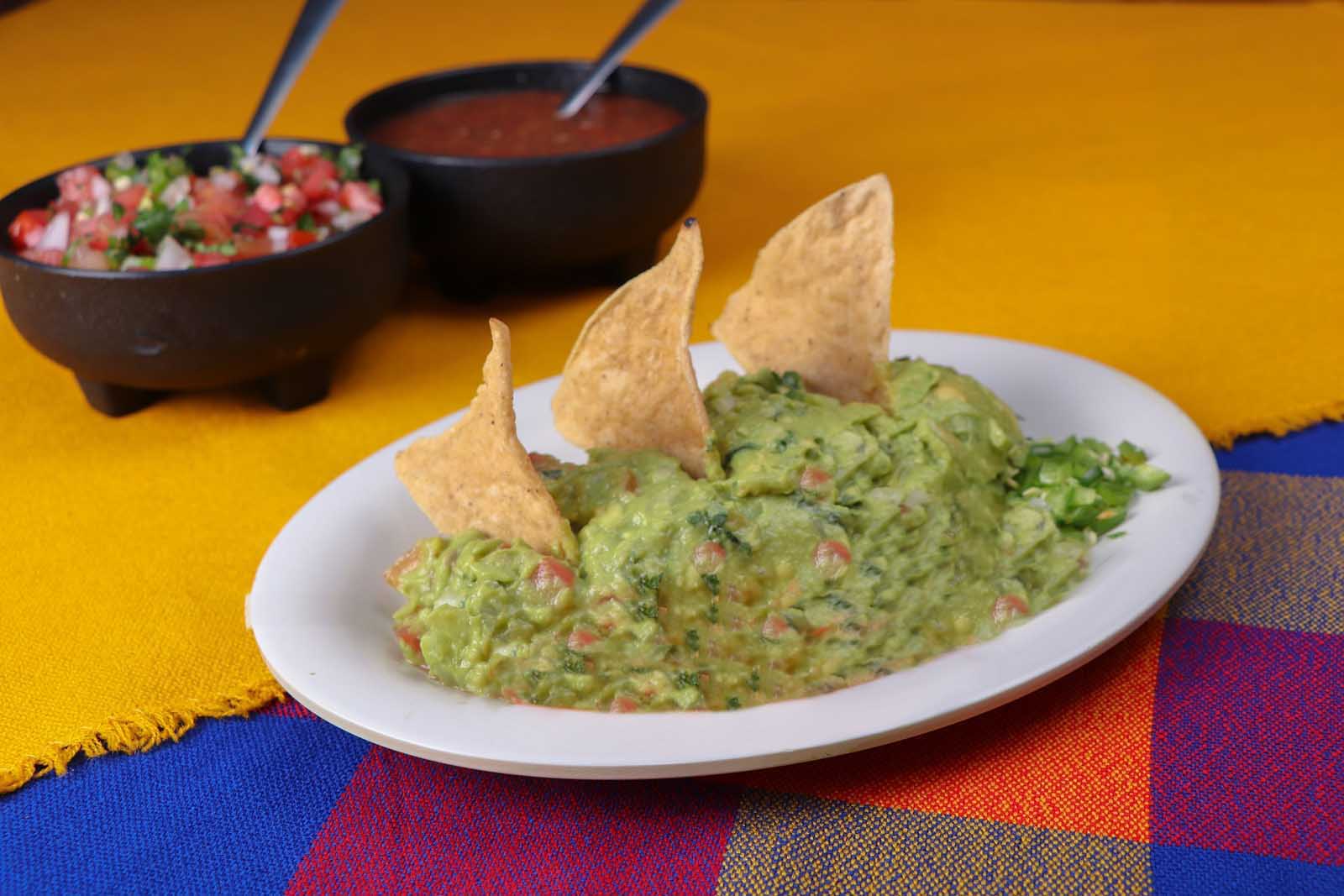

Avocados: Avocados (Persea americana) are from south-central Mexico. They’ve been around for thousands of years. The Aztecs and other indigenous peoples of Mexico were the first to grow avocados. The word “avocado” comes from the Aztec Nahuatl word “ahuacatl”. Avocados are now a popular fruit worldwide, known for their creamy texture and many health benefits.
Tomatoes: Tomatoes (Solanum lycopersicum) are from Mexico too. The indigenous peoples of Mexico, including the Aztecs, grew and ate tomatoes before they were introduced to the rest of the world. Tomatoes were brought to Europe by Spanish explorers in the early 16th century and are now a staple in many cuisines. The tomato plant is part of the nightshade family and produces many types of tomatoes, from cherry tomatoes to beefsteak.
Both are staples around the world and are used in many dishes, such as guac and salsa.
9. Mexico City Is Sinking
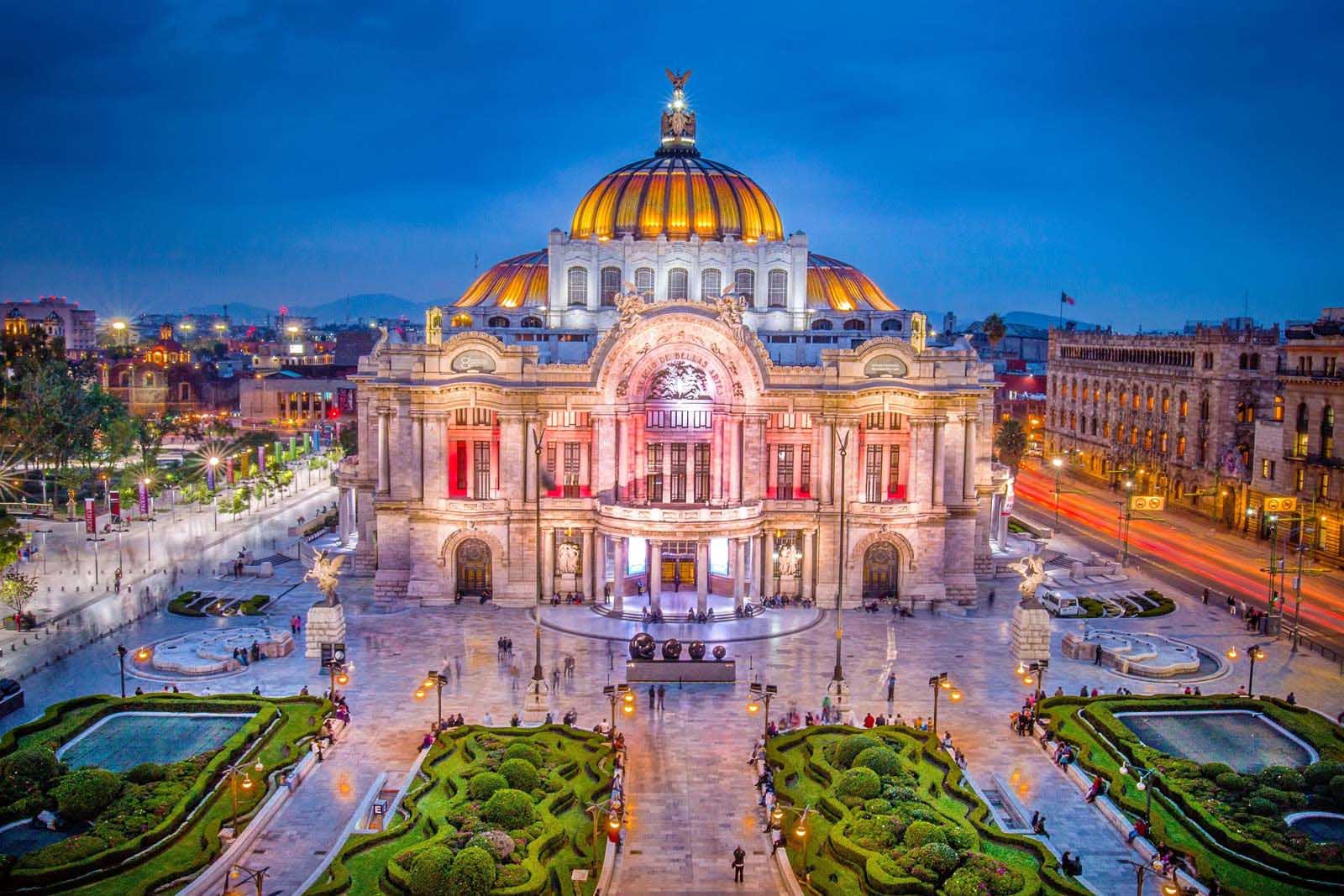

Mexico City is literally sinking each year. In North America, Mexico City is the oldest city and has the highest elevation. It’s also built over the ruins of Tenochtitlán, a city on a lake. Read more: 10 Best Things to Do in Mexico City for an Epic Trip
Tenochtitlàn was an Aztec city in which the Aztecs made systems of canals and dikes to prevent floods. When the Spanish came along, they drained the lakebed instead of containing the flood control work.
The Mexican population in Mexico City grows each year, requiring more water to be pumped out. As a result, the city is sinking about 6 to 8 inches every year.
10. Cinco de Mayo Is Not Celebrated in Mexico
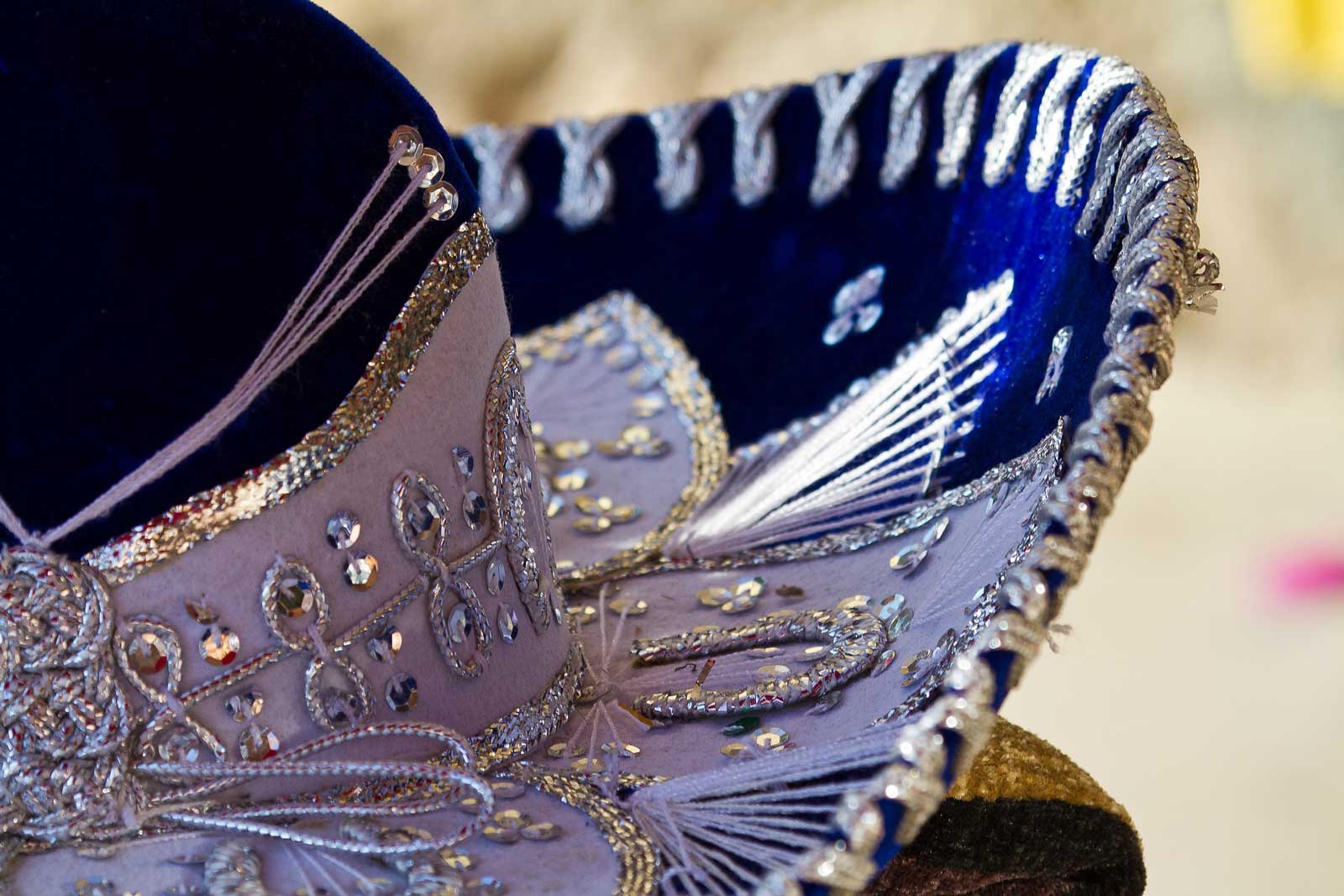

Cinco de Mayo is often mistaken for Mexican Independence Day, but the actual date of Mexican independence is September 16th. In 1821, on September 27th, Mexico declared independence. However, over a decade before, in 1810, on September 16th, the independence war began. Because of this, Mexico celebrates its Independence Day on September 16th.
Cinco de Mayo is common in the United States as a day for people to party and have fun. Mexican immigrants in the United States might celebrate this day.
Most are unaware that Cinco de Mayo is a day to commemorate the Battle of Puebla that happened in 1862. The people of Puebla do celebrate this day.
11. At Christmas, Mexican Children do Not Receive Gifts
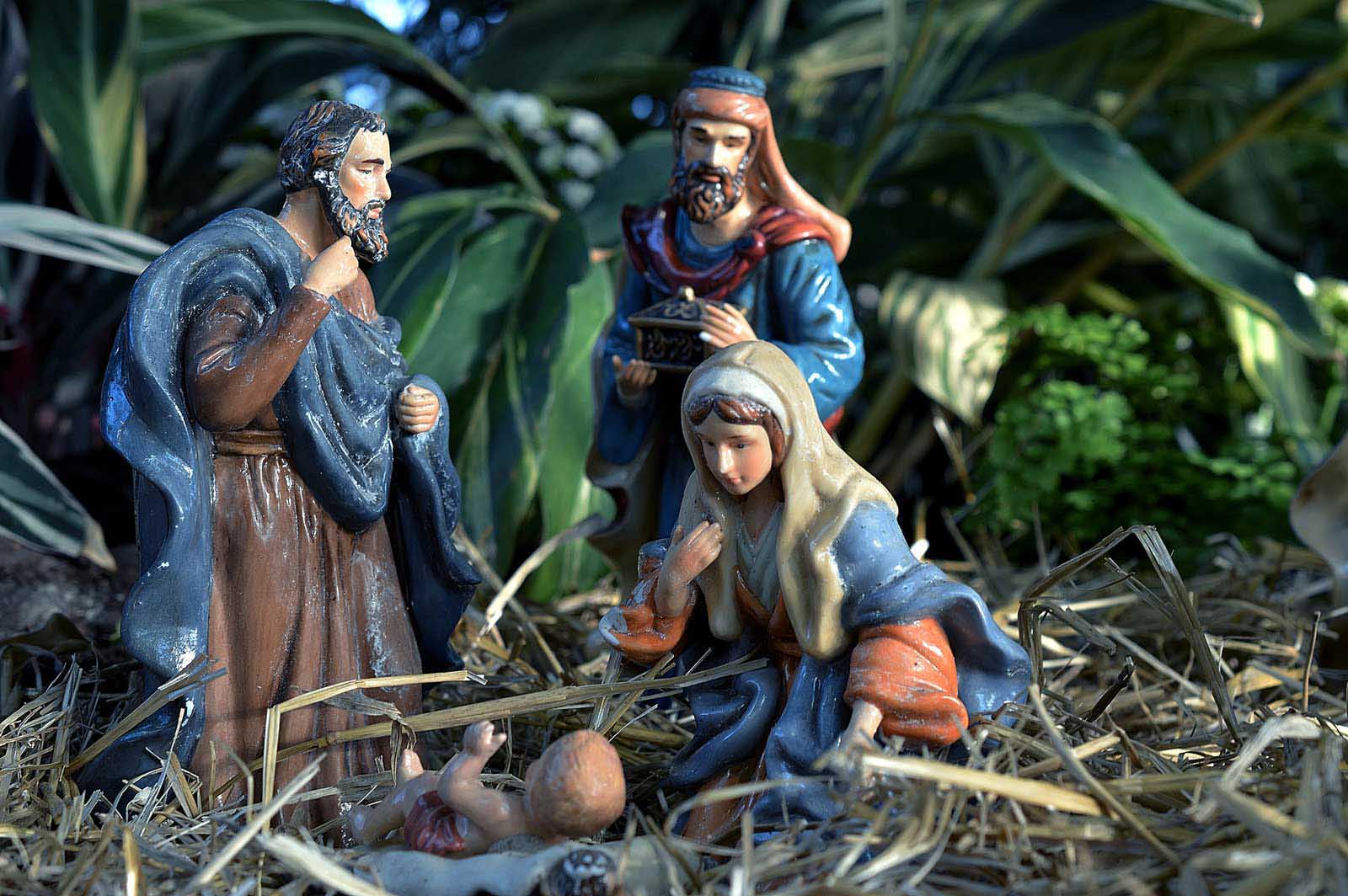

In Mexico, Christmas isn’t celebrated on Christmas Day; that’s “Nochebuena.” Mexican kids don’t get presents on Christmas Day, instead they wait for another day, “Día de Reyes” or “Three Kings’ Day” on January 6th. This tradition is deeply rooted in Mexican culture and has a lot of religious and historical background.
Christmas Eve (Nochebuena) is celebrated with family gatherings, food, and the baby Jesus in the nativity scene. Gift exchange is reserved for Día de Reyes, also known as the Feast of the Epiphany. This day commemorates the visit of the Three Wise Men (Tres Reyes Magos or just Los Reyes) to the baby Jesus in Bethlehem. Wise Men bring gifts to kids in the same way on January 5th; they leave presents under their beds or shoes.
12. A Mexican Inventor Contributed to Developing the Color TV
Guillermo González Camarena was born February 17, 1917 in Guadalajara, Mexico. In 1934, at 17 years old, he filed his first patent for the television.
González Camarena’s biggest achievement was in 1940 when he developed an early color TV system which he called the “Trichromatic Sequential Field System”. This system used rotating color wheels in the transmitter and receiver to reproduce color images. He patented this in Mexico and the US.
In 1940, Guillermo González Camarena transmitted the first color TV signal in Mexico, a historic milestone in color TV. His work on color TV was recognized internationally.
13. It’s Not a Third-World Country
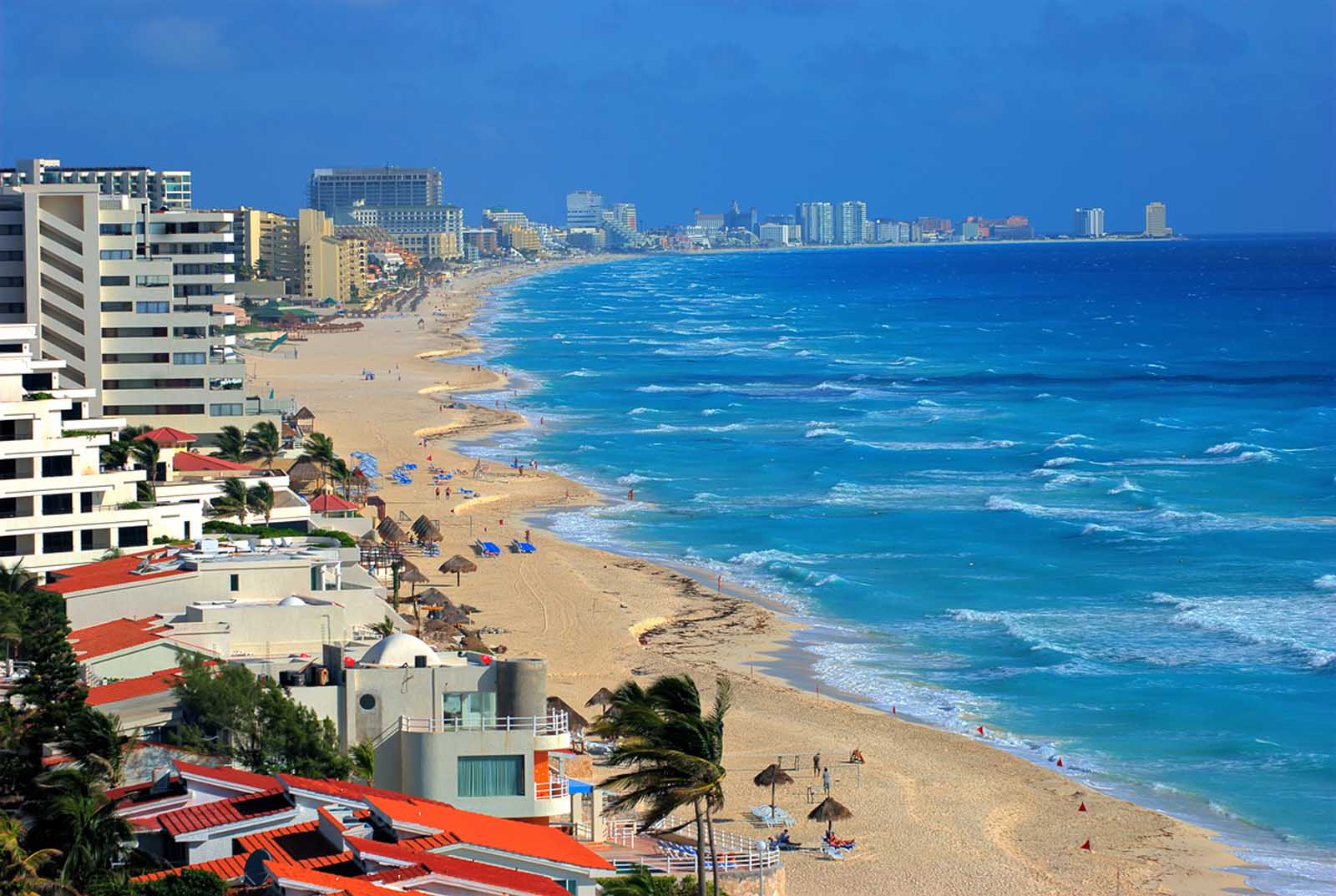

The Cold War is to thank for the term “third world.” It was created as one of three geopolitical alignment divisions. Countries aligned with the United States were considered “first world” at the time. Allies of the Soviet Union were “second world” countries. The countries not aligned with either were called “third world.”
Even when the Cold War ended, the term remained. “Third world” became another name for poverty, while the other two divisions are unheard of.
The gap between the poor and rich in Mexico is large, but they are not considered a poor country because of their GDP per capita. Mexico offers many attractions, just like other developed countries.
14. Mexico Differs From Latin America in Many Ways
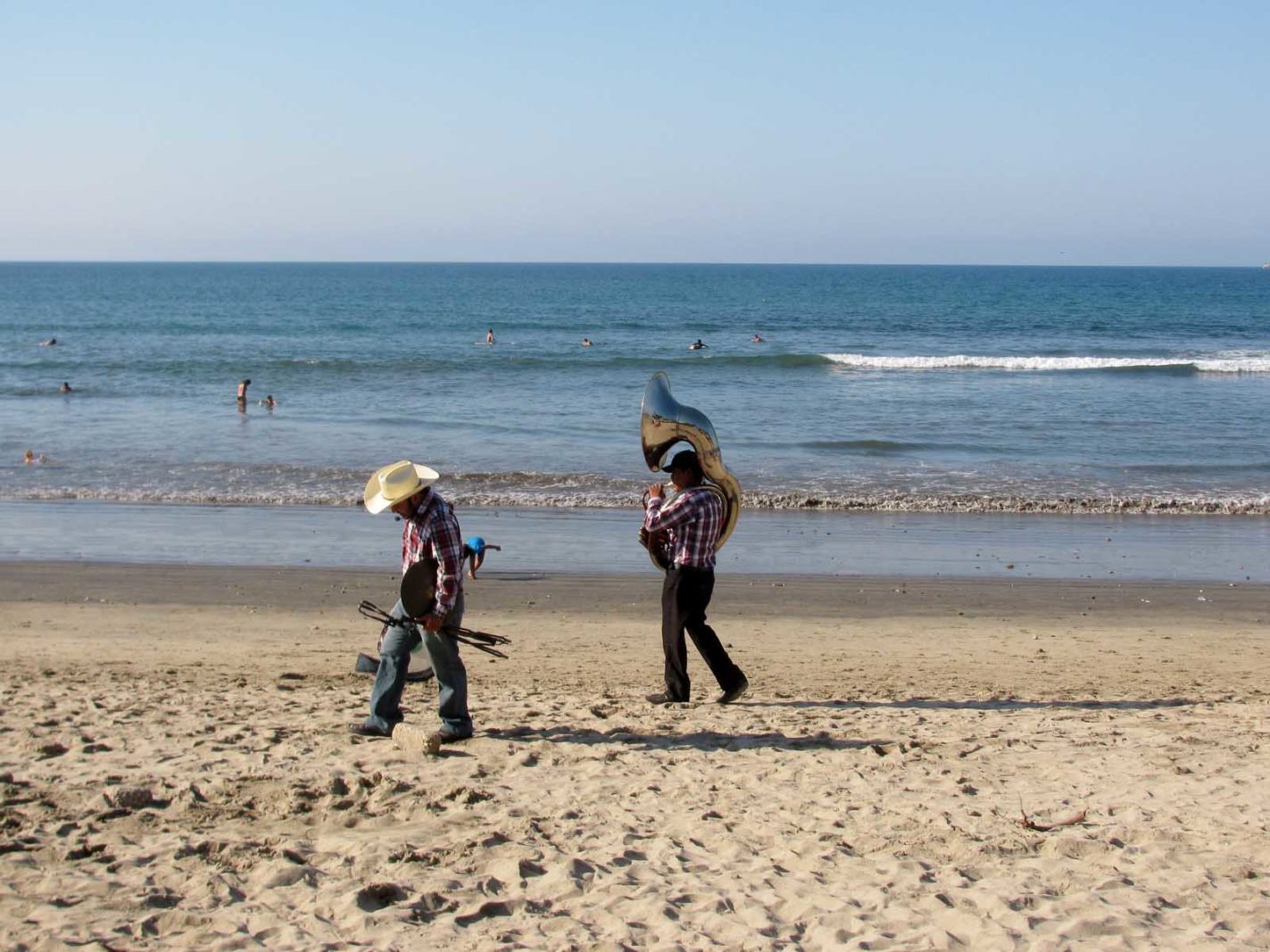

From the culture to the language, Mexico is vastly different from Latin America. For one, Mexico is in North America, not Latin America. When it comes to the language, Mexican Spanish is kind of like slang. It’s a unique variation of Spanish.
If you’ve ever studied Spanish in school, you may already be aware of this fact. Spanish teachers reiterate how different the Spanish language can be across the world.
Latin America and Mexico are similar when it comes to toilet paper. Yes, you read that correctly, toilet paper. In Mexico and Latin America, they prefer that you throw toilet paper in the trash instead of flushing it down the toilet. Places closer to the ocean in Mexico tend to be stricter about this.
15. Mexico Has the Oldest University in North America
When you think of old universities in North America, your first thought may be Harvard. However, the oldest university in North America is actually the National Autonomous University of Mexico (UNAM), which is located in the capital city of Mexico City. It was founded in 1551, 85 years before Harvard was.
16. Mexico Has Some Odd Foods
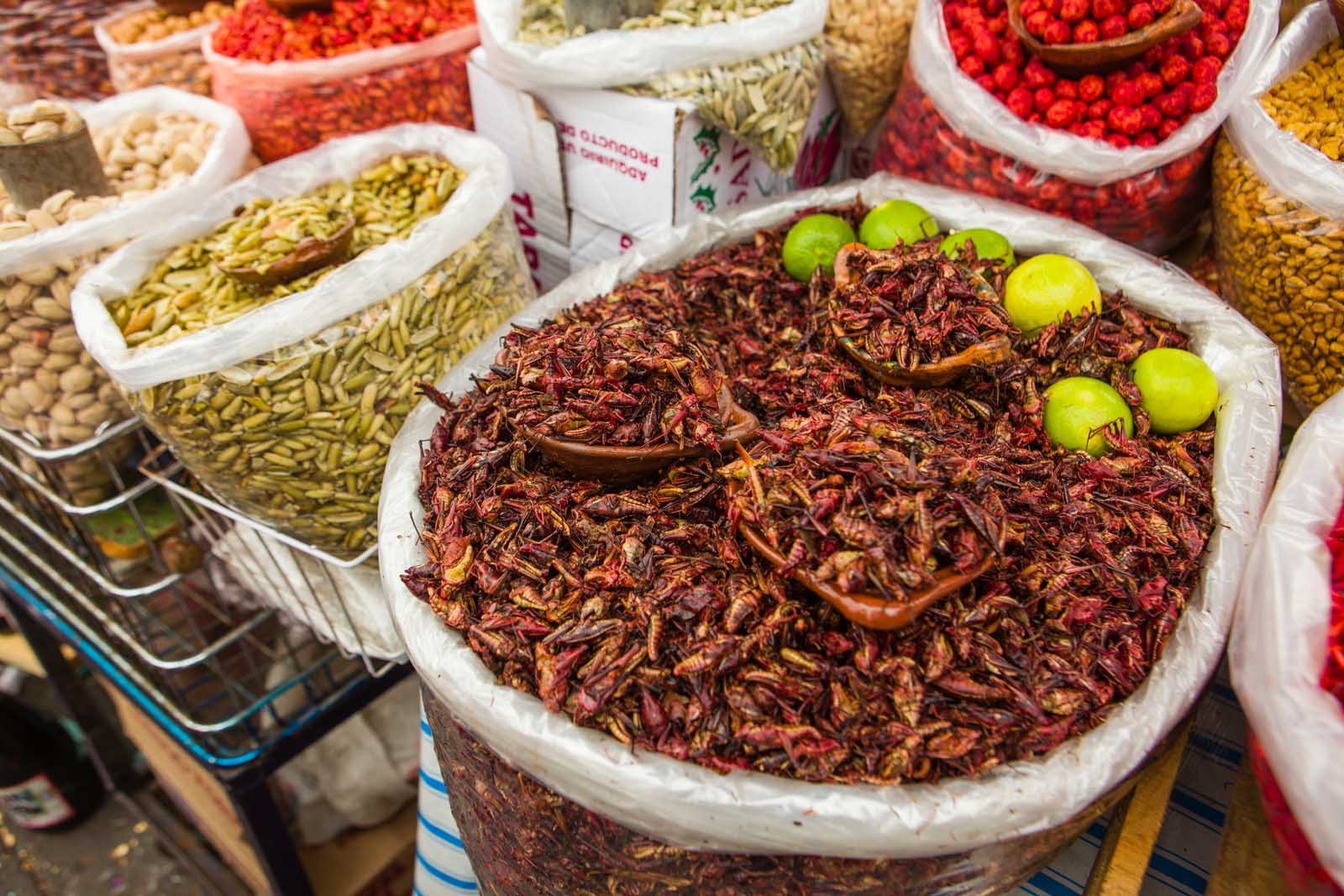

Many foodies travel to Mexico for authentic Mexican cuisine. The most adventurous of foodies may stroll through a market and buy grasshoppers, scorpions, and spiders to enjoy during their next meal. This may be a horrifying sight for the average joe, but some of these crawly critters have great flavor. Why else would you find the people of Mexico selling them for consumption?
If you can get over the oddness of eating bugs, you’ll find some tasty treats that are high in protein and, of course, are organic. There are tons of edible insects in Mexico to choose from.
It wasn’t meat that got the Aztecs through the day, it was fat-free bugs they found roaming the grounds. If you are feeling risky, sample a delicious critter during your travels in Mexico.
17. It has Foods we know and Love As Well


From enchiladas to Tacos, Mexican food is some of the most recognizable and best on the planet. Mexico’s national dish is Mole pronounced “moh-lay”) which is a rich and flavorful sauce that is a staple in Mexican cuisine. It is used to enhance the flavors of meats like chicken or turkey and is made from various ingredients, including dried chiles (such as ancho, pasilla, and Mulato), chocolate (usually unsweetened), spices (like cinnamon, cumin, and cloves), garlic, onions, tomatoes, and sometimes fruits (like plantains or raisins) and nuts (such as almonds or peanuts).
18. Mexico is Regularly listed as One of the Most Popular Tourist Destinations


Mexico is a hot tourist spot. In fact, it’s one of the top 10 most visited tourist destinations in the world. Right now, the World Tourism Organization has it as the 6th most visited country in terms of tourism. With its long beaches, UNESCO World Heritage Sites, Ancient Ruins, and cities, it’s no wonder it’s so popular.
19. Facts About the Mexican Flag
The Mexican flag is one of three National Symbols of Mexico. It consists of three vertical stripes of equal width. The colors of the flag, from left to right, are green, white, and red. “Verde,” “Blanco,” and “Rojo.” The Mexican flag was first adopted on February 24, 1821.
In the center of the white stripe, there is Mexico’s national emblem, known as the “Mexican Coat of Arms” or “Escudo Nacional.” It features an eagle perched on a cactus with a snake in its beak. This emblem represents the legend of the founding of Tenochtitlan, the ancient Aztec capital, which later became present-day Mexico City. The symbolism within the emblem invites readers to explore more about this unique civilization and its mythological elements.
Each color on the Mexican flag holds specific symbolism. Green represents hope and independence, white symbolizes purity and religion, and red stands for the bloodshed by those who fought for Mexico’s independence.
Record-Breaking Flag: In 2010, Mexico set a Guinness World Record for the largest flag ever flown. The enormous flag, measuring 2,011 meters long, was displayed in celebration of the country’s bicentennial.
20. Mexico is one of the Cradles of Civilization
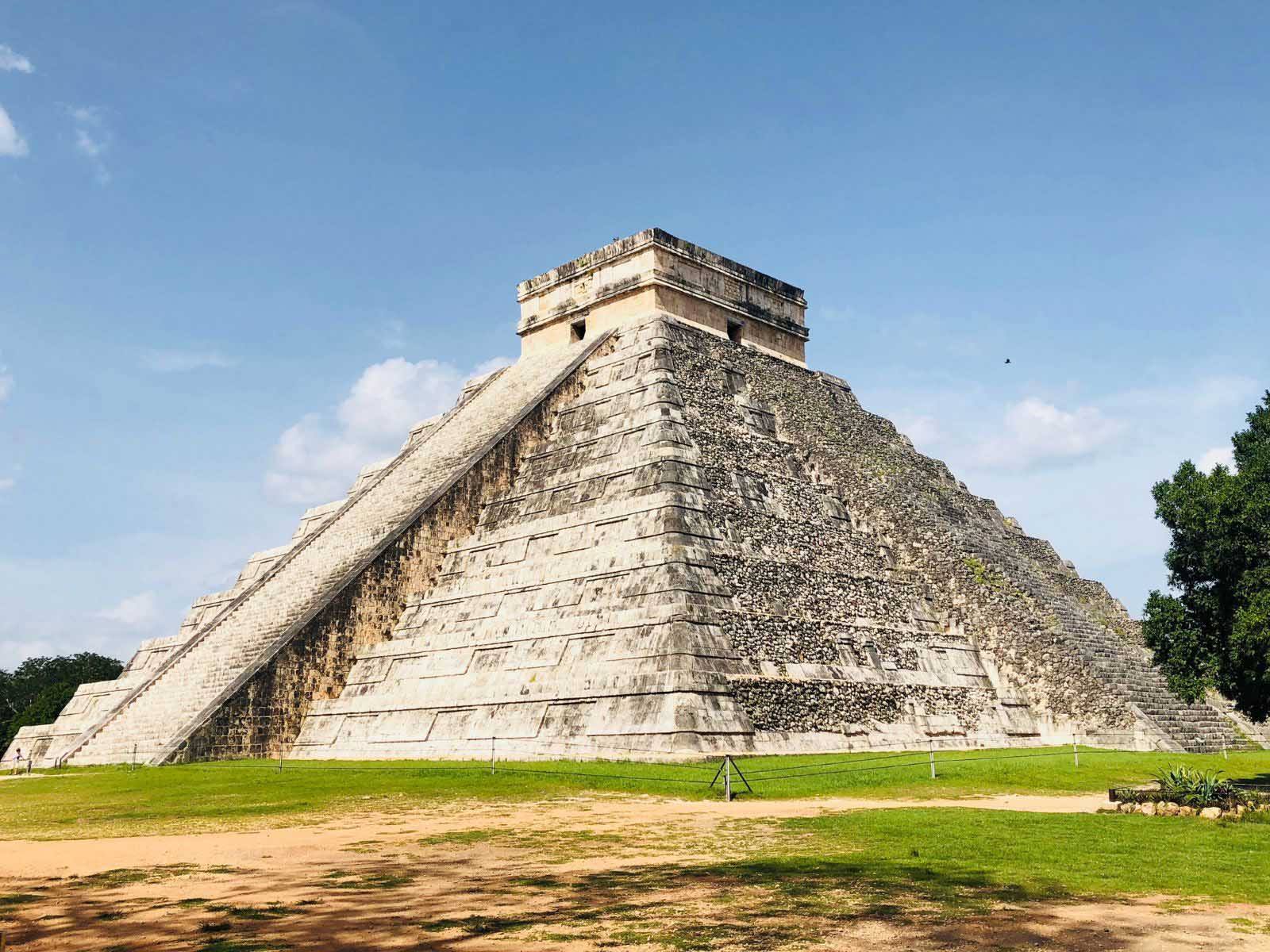

Mexico has been around since 8000 – 12000 BC. We all know about the Mayans and Aztecs, but fewer know about the Toltec Civilization. The Toltecs were a pre-Columbian Mesoamerican civilization considered one of the great civilizations of ancient Mexico, and their influence was widespread in what is now central Mexico.
The Toltecs were an organized and urban society. They had a hierarchical society with a king at the top, nobility, priests, and commoners. The Toltec state was ruled by a king and had a warrior class.
The reasons for the fall of the Toltec civilization are still unknown. Some say internal conflict, others environmental factors or external invasions. Around the 12th century, Tula was abandoned, and the Toltec state fell. However, the Toltecs left a big cultural and artistic legacy to the Mesoamerican civilizations that followed, including the Aztecs.
21. The Spanish Ruled Mexico for 300 Years
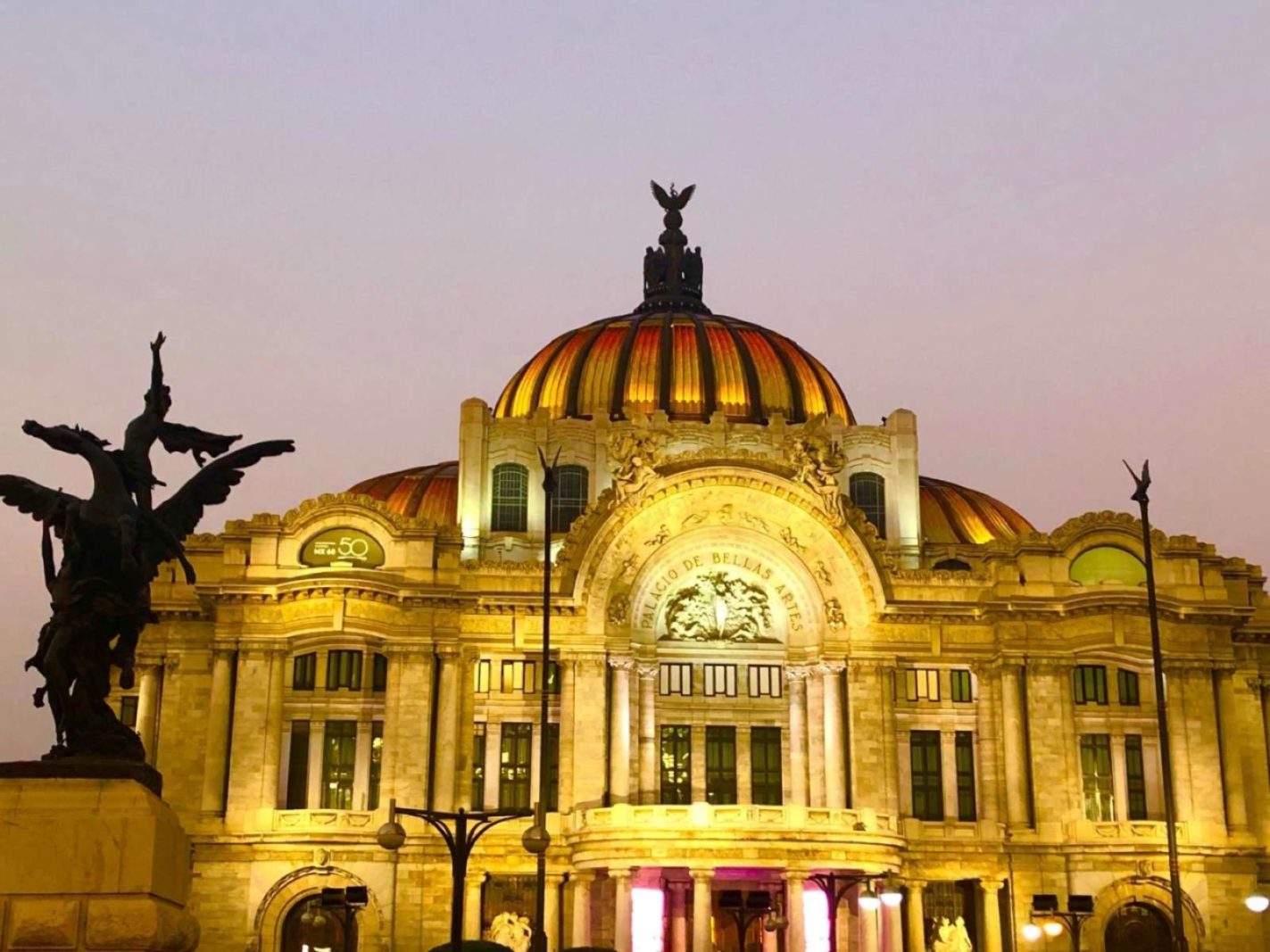

The Spanish rule of Mexico as New Spain lasted almost 300 years, from the 16th to the 19th century. Hernán Cortés arrived in Mexico in 1519 and, by 1521, had defeated the Aztec Empire led by Moctezuma II. That was the start of Spanish colonial rule in Mexico.
The Royal and Pontifical University, founded in 1551, is the oldest university in North and Central America. Its history is like Harvard’s.
In 1535, New Spain was established as a viceroyalty of the Spanish Empire. The capital of the viceroyalty was Mexico City (formerly Tenochtitlan). New Spain included what is now Mexico, Central America, and part of the southwestern US.
September 27, 1821, the Mexican War of Independence ended with the signing of the Plan of Iguala, and Mexico became independent of Spain. Agustín de Iturbide was the first Mexican emperor, but Mexico became a republic.
Fun Facts About Mexico That Will Make You Want to Take a Trip!
Mexico may be at the top of the list to travel because of the beautiful beaches and amazing views. Yet, this country has much more to offer than what people typically seek out.
If you’re looking for rich history, ancient structures, and amazing food, Mexico is the place to be. Mexican culture Mexico is a rich tapestry of traditions maintained by the indigenous descendants in various regions, offering a unique and vibrant heritage. Don’t settle for a day on the beach when you could be experiencing much more!

